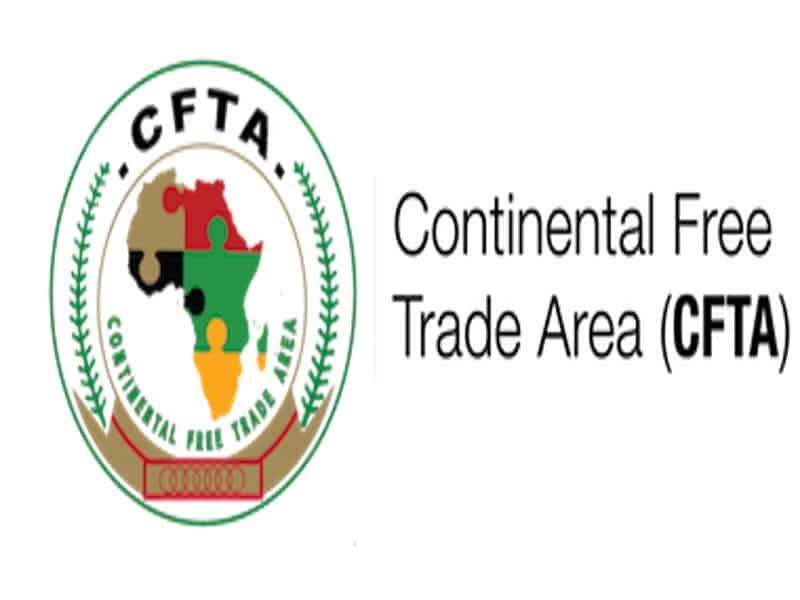
As of April 29, 2019, 22 countries have deposited their instruments of ratification of the African Continental Free Trade Area (AfCFTA) agreement to the African Union (AU), meeting the threshold for the agreement to come into effect. The AfCFTA entered into force on May 30, 2019.
The significance of the AfCFTA cannot be overstated: It will be the world’s largest free trade area since the establishment of the World Trade Organization (WTO) in 1994. Landry Signé has estimated that under a successfully implemented AfCFTA, Africa will have a combined consumer and business spending of $6.7 trillion in 2030.He also finds that the AfCFTA will have a significant impact on manufacturing and industrial development, tourism, intra-African cooperation, and economic transformation. UNECA has predicted it will raise intra-African trade by 15 to 25 percent, or $50 billion to $70 billion, by 2040, compared to an Africa without the AfCFTA. The International Monetary Fund (IMF) similarly projects that, under the AfCFTA, Africa’s expanded and more efficient goods and labor markets will significantly increase the continent’s overall ranking on the Global Competitiveness Index. Increased market access, in turn, is expected to enhance the competitiveness of industries and enterprises, the exploitation of economies of scale, and the efficacy of resource allocation.
While the AfCFTA’s ratification is a cause for celebration, much work remains as critical parts of the agreement have yet to be completed—including countries’ schedules of tariff concessions and services commitments, rules of origin, investment, intellectual property, competition, and a possible protocol on e-commerce.
The extent to which the AfCFTA will reduce barriers to intra-African trade is largely linked to the ongoing negotiations. This piece explores the implications of those negotiations, with a particular focus on market access for goods and services and rules of origin. It also briefly touches upon the outstanding regulatory issues.
For the full text of the report:





